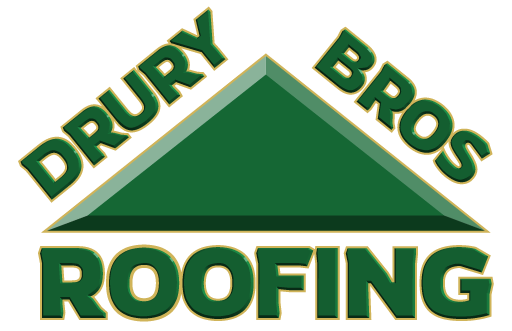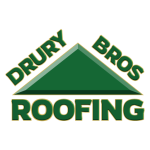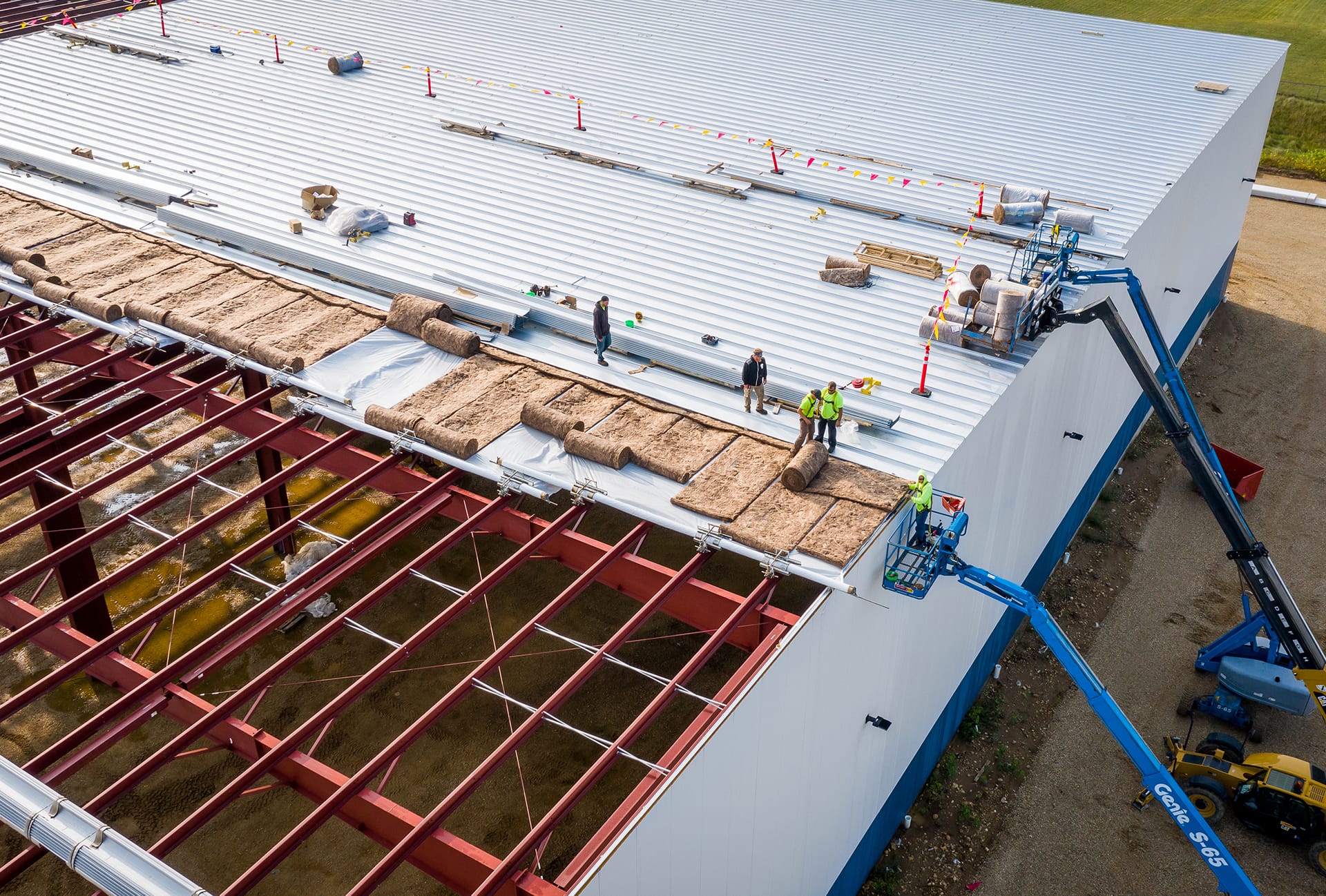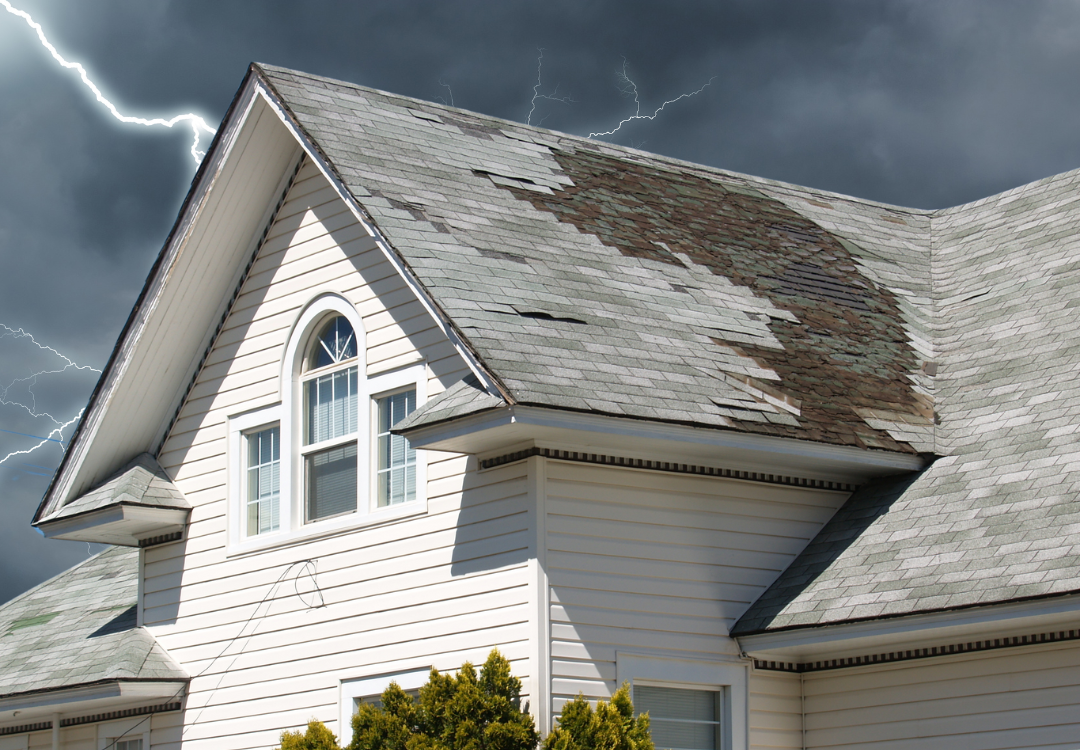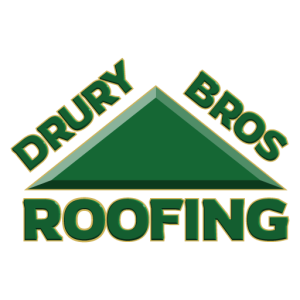A well-maintained roof is one of the most important aspects of protecting your home from the elements. Roof damage can often go unnoticed until it’s too late, leading to expensive repairs or even full replacements. In this comprehensive guide, we’ll explore how to identify roof damage before it gets worse, signs that you need emergency roof repair services, and how to maintain your roof to avoid costly fixes.
How to Identify Roof Damage Before It Gets Worse
The first step in roof maintenance is being able to spot early signs of damage. By regularly inspecting your roof, you can identify potential issues before they escalate. How to identify roof damage before it gets worse? Look for missing or cracked shingles, water stains inside your home, or visible sagging in your roofline. Checking gutters for debris is also a good way to spot any buildup of moisture or damaged flashing. The sooner you catch these issues, the more manageable and cost-effective the repair process will be.
Signs You Need Emergency Roof Repair Services
Sometimes, roof damage can happen quickly and unexpectedly, requiring immediate attention. Signs you need emergency roof repair services include large leaks, noticeable holes, or significant sagging that could compromise the structure of your home. If you notice water dripping from the ceiling or see extensive damage after a storm, it’s time to call in a professional immediately. Emergency repairs help prevent further damage to the interior of your home and ensure your family’s safety.
Cost of Roof Repair Per Square Foot
Understanding the cost of roof repair per square foot is crucial for budgeting your home maintenance. Typically, roof repair costs range from $300 to $1,000 per square, depending on the material, the extent of the damage, and your location. For example, a simple shingle replacement may cost around $300 per square, while more complex repairs involving flashing or underlayment could go up to $1,000 per square. It’s important to get a few estimates from different contractors to ensure you’re getting the best price for the work needed.
How Often Should You Inspect Your Roof for Damage?
Regular roof inspections are key to preventing unexpected repairs. How often should you inspect your roof for damage? Ideally, you should inspect your roof at least twice a year—once in the spring and again in the fall. This allows you to catch damage caused by extreme weather, such as winter snow or summer storms. Additionally, inspecting after major storms or strong winds is always a good idea to ensure your roof remains in good shape.
Best DIY Roof Maintenance Tips to Extend Roof Lifespan
Taking care of small roof issues before they become major problems can extend the lifespan of your roof. Best DIY roof maintenance tips to extend roof lifespan include cleaning your gutters regularly, trimming tree branches that might cause damage during storms, and checking for moss or algae growth. If you’re comfortable with it, consider inspecting the flashing around chimneys and skylights, as these areas are prone to leaks. However, it’s important to be cautious—climbing onto the roof can be dangerous, so make sure you use proper safety equipment or consult a professional.
Common Roofing Problems and How to Fix Them
No roof is immune to problems. Understanding common roofing problems and how to fix them can save you time and money. Some of the most common issues include:
- Leaky Roofs: The most frequent problem homeowners face. It often occurs due to damaged shingles or flashing. The solution is to replace damaged shingles or reseal the flashing.
- Clogged Gutters: Clogged gutters can cause water to back up into the roof, leading to leaks and water damage. Regularly cleaning your gutters can help prevent this issue.
- Granule Loss on Shingles: Over time, the granules on your asphalt shingles wear off, exposing the underlying material to the elements. Replacing affected shingles is the best solution.
How to Prevent Roof Leaks During Heavy Rain
Heavy rainfall can put your roof to the test, especially if it’s not well-maintained. How to prevent roof leaks during heavy rain? Ensure your roof has proper drainage by cleaning out gutters and downspouts. Check for missing or damaged shingles, as these can easily allow water to enter. Also, make sure the flashing around chimneys, vents, and skylights are in good condition and sealed properly. If you live in an area prone to heavy rain, consider investing in high-quality waterproofing products for added protection.
Roof Repair vs. Roof Replacement: Which One Is Right for You?
One of the most important decisions when it comes to roofing is whether to repair or replace. Roof repair vs. roof replacement: which one is right for you? It depends on the age of your roof, the extent of the damage, and your budget. If your roof is relatively new and the damage is isolated (like a few missing shingles), repairing it may be sufficient. However, if your roof is over 20 years old and suffering from widespread issues, replacement may be the best option to avoid ongoing repairs.
How to Find a Reliable Roof Repair Contractor Near You
Finding a reliable roof repair contractor near you is essential for quality work and peace of mind. Start by asking for recommendations from neighbors or friends who have had similar work done. Make sure the contractor is licensed, insured, and has a good reputation in the community. It’s also wise to check reviews online and get multiple estimates before making a decision. A reliable contractor will provide you with a written estimate and stand behind their work with a warranty.
Seasonal Roof Maintenance Checklist for Homeowners
Each season brings its own set of challenges for your roof. A seasonal roof maintenance checklist for homeowners can help ensure your roof stays in top shape year-round:
- Spring: Clean gutters and inspect for any winter damage. Check for algae, moss, or mold growth.
- Summer: Trim overhanging tree branches and inspect for any signs of wear caused by heat or storms.
- Fall: Clear gutters and downspouts, inspect shingles for damage, and check for any cracks or holes that need sealing.
- Winter: Ensure there’s no snow accumulation or ice dams. Inspect attic insulation and ventilation to prevent moisture buildup.
By following these seasonal maintenance tasks, you can extend the lifespan of your roof and reduce the need for costly repairs.
Conclusion
Roof repair and maintenance are crucial parts of homeownership. By learning how to identify roof damage before it gets worse, knowing the signs you need emergency roof repair services, and understanding roof repair vs. roof replacement, you’ll be better equipped to maintain your home’s first line of defense against the elements. Regular inspections and following the best DIY roof maintenance tips to extend roof lifespan will help keep your roof in top condition for years to come.
If you’re ever in doubt or facing significant roof issues, don’t hesitate to contact a reliable roof repair contractor near you. Their expertise will help guide you through the decision-making process and provide professional solutions to keep your roof safe and secure.
